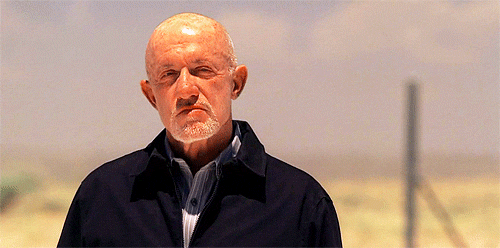A New Hope featured the destruction of a single planet, Alderaan, and its destruction was marked and mourned by Obi-wan, who felt a disturbance in the Force "as if millions of voices suddenly cried out in terror and were suddenly silenced." Nobody, by contrast, seemed to mourn or feel much besides "that's a shame" when nine planets were destroyed in The Force Awakens. It's not a pretty portrait of how far we've come: In 2015, Star Wars explosions were bigger, the death count was astronomically greater, and we cared a great deal less.
That's why Rogue One is such an important and welcome corrective. Edwards respects death more than he respects spectacle. He makes it count. He wanted to tell a story about the grunts on the ground — about the little people who live on these planets. Thanks to him, the horrors of the Death Star feel real instead of merely narrative or worse, cool. (I'm almost tempted to read a scene where Tarkin and Krennic admire the Death Star at work as a winking critique of The Force Awakens, which chose to show the equivalent of several holocausts at a similarly cold and beautiful remove. We don't even learn the names of all the annihilated planets.)
Scale has always been a challenge for Star Wars. How do you balance a dynastic story about Skywalker fathers and sons against a story about entire rebel armies and Empires and intergalactic systems of government? One answer might be: You don't. The family stuff will always overshadow the suffering of the anonymous hordes. The fighters will always be a garnish to the melodramatic main course.
Focused and well-plotted, the film indulges in the franchise's usual explosions and epic battle scenes, but it understands casualties and causality and the ugly compromises of war too, and knits individual arcs into the larger stakes without thoroughly mangling both. Above all, though, it understands what Star Wars was going for not just visually — though it certainly gets that right — but ethically.

